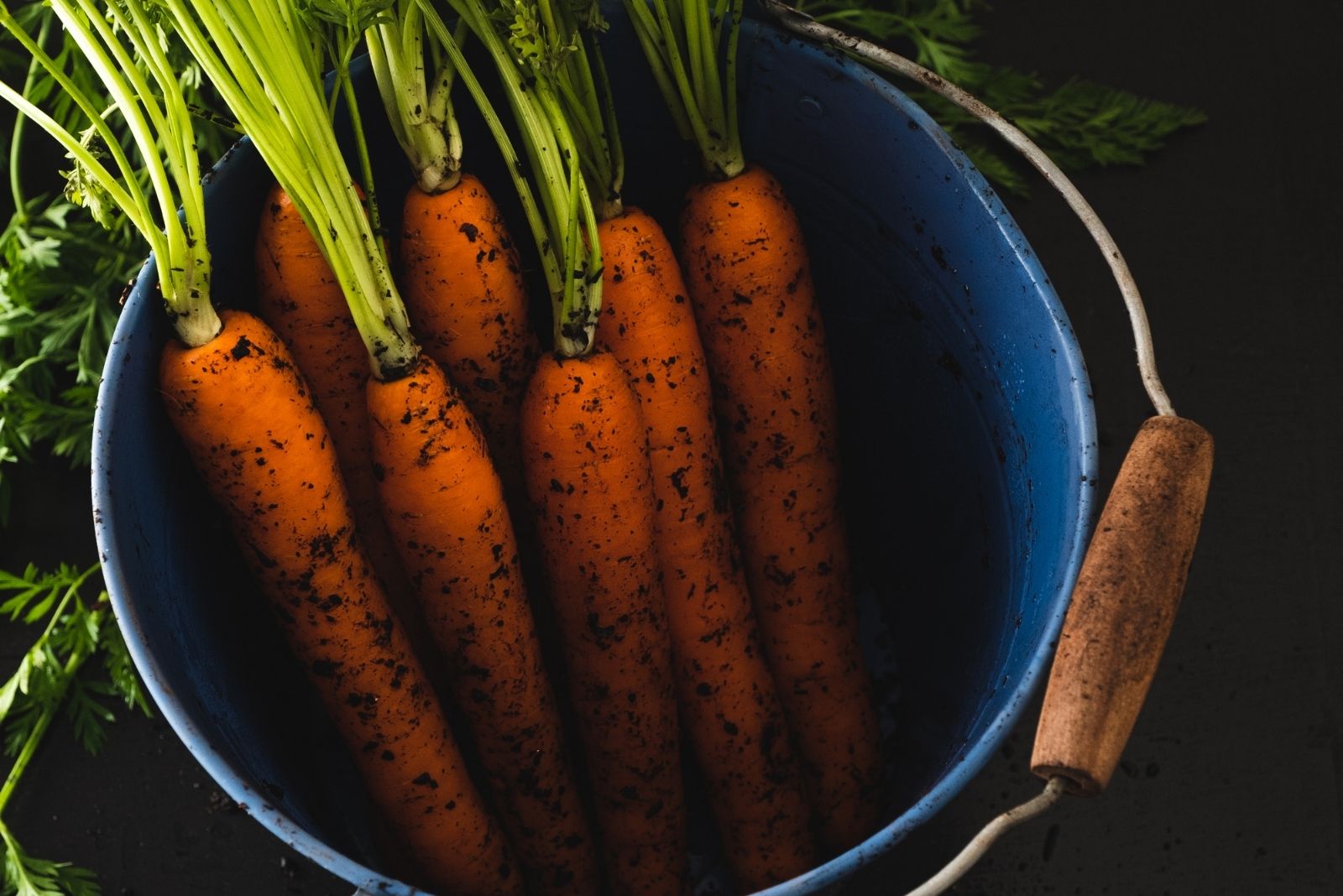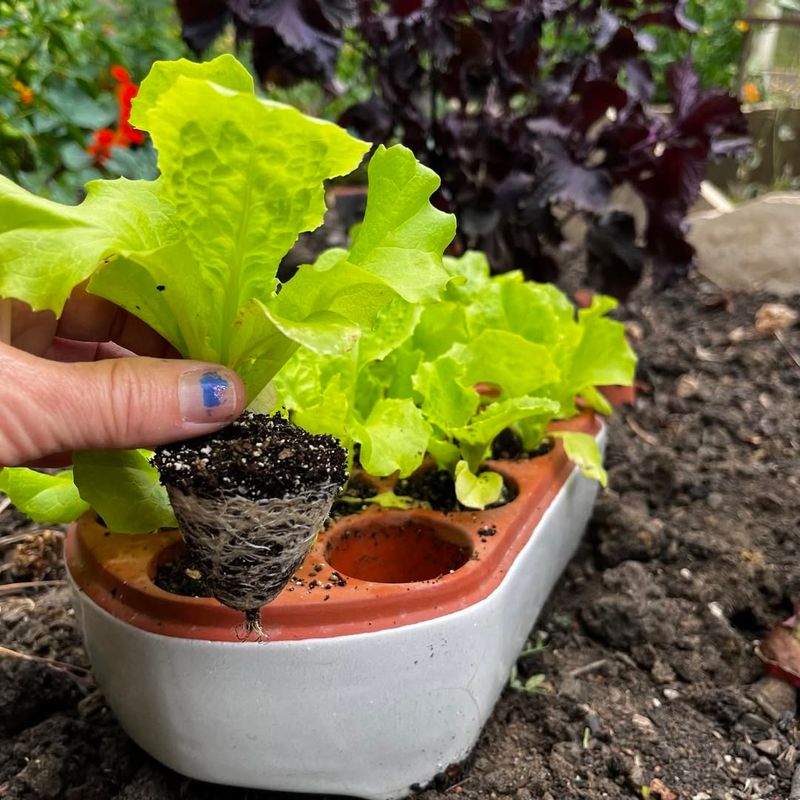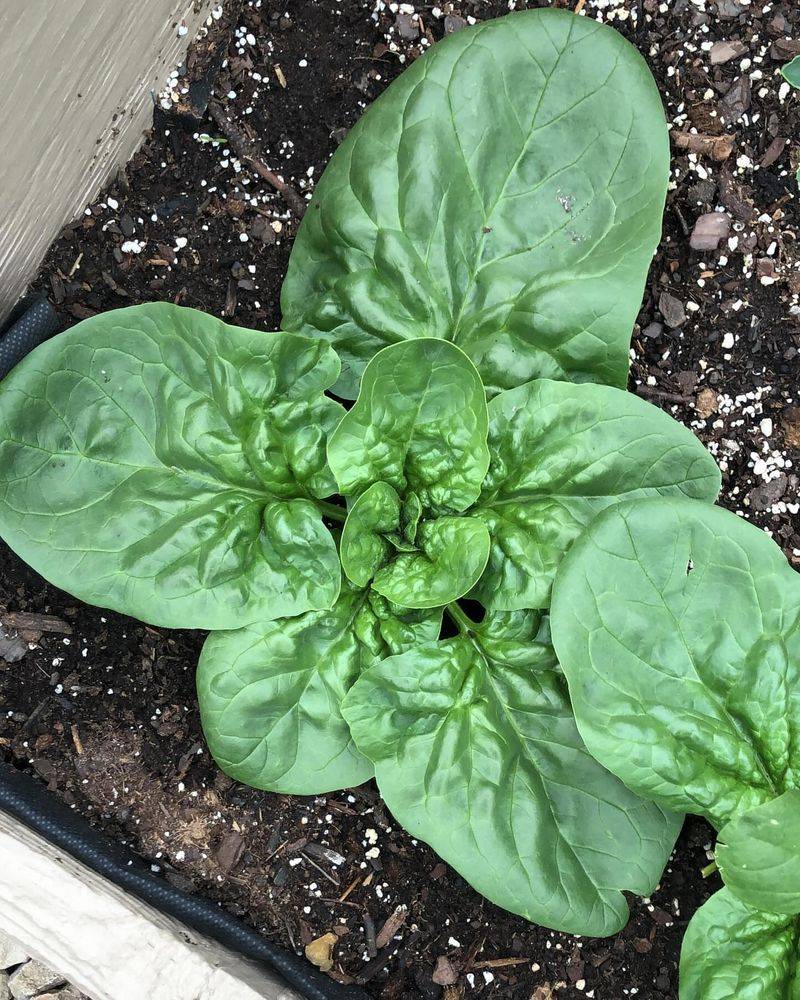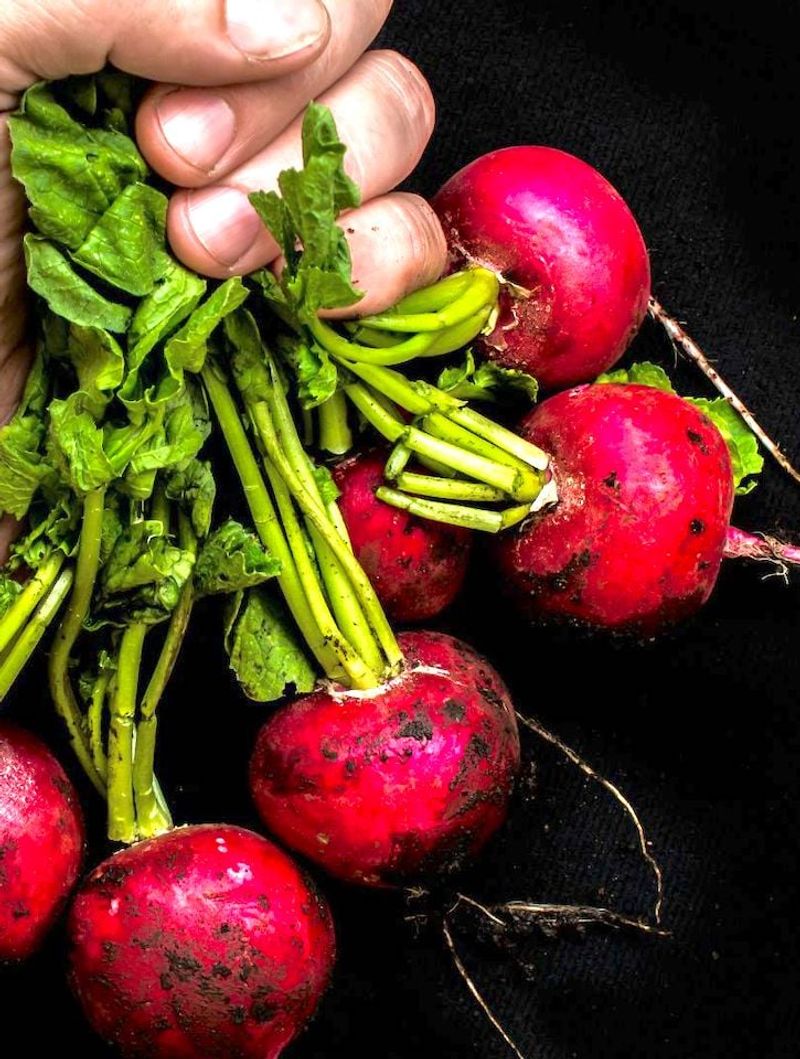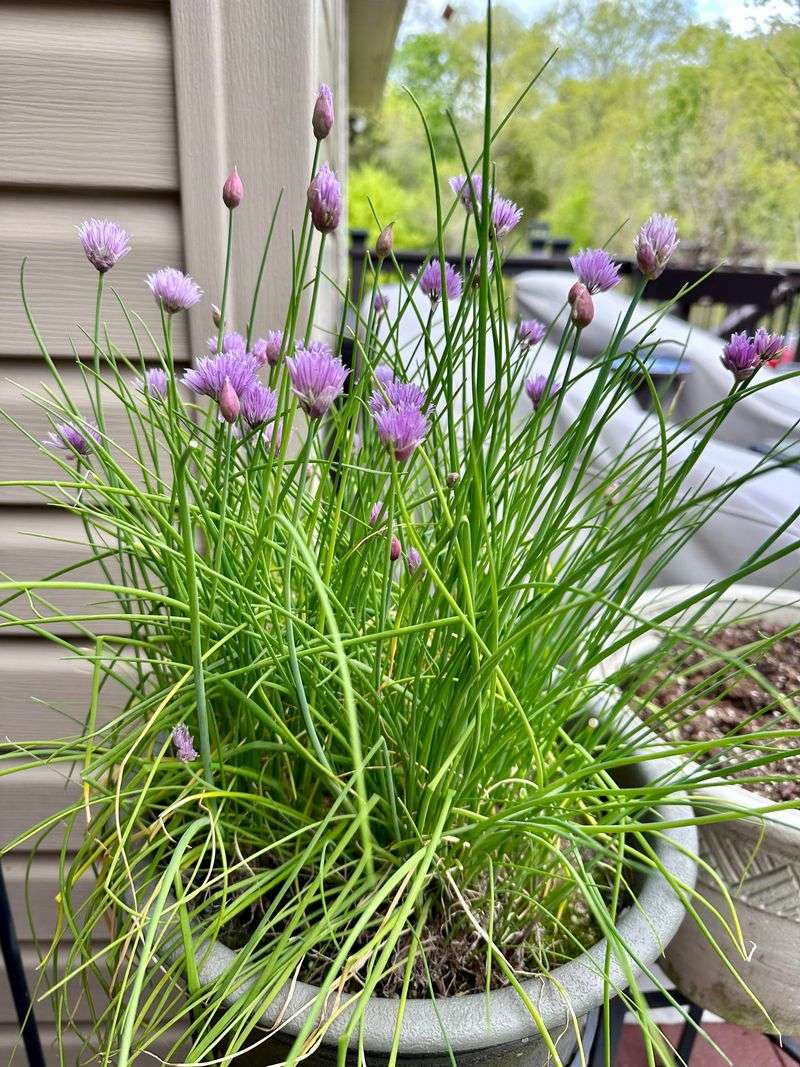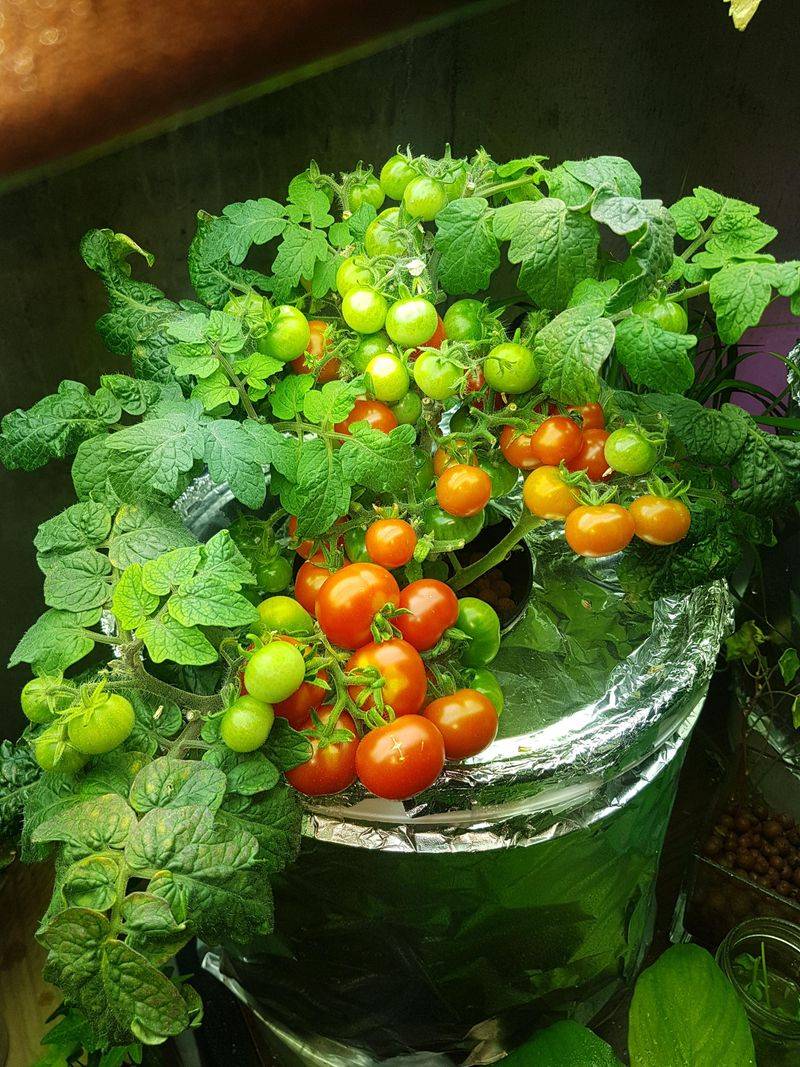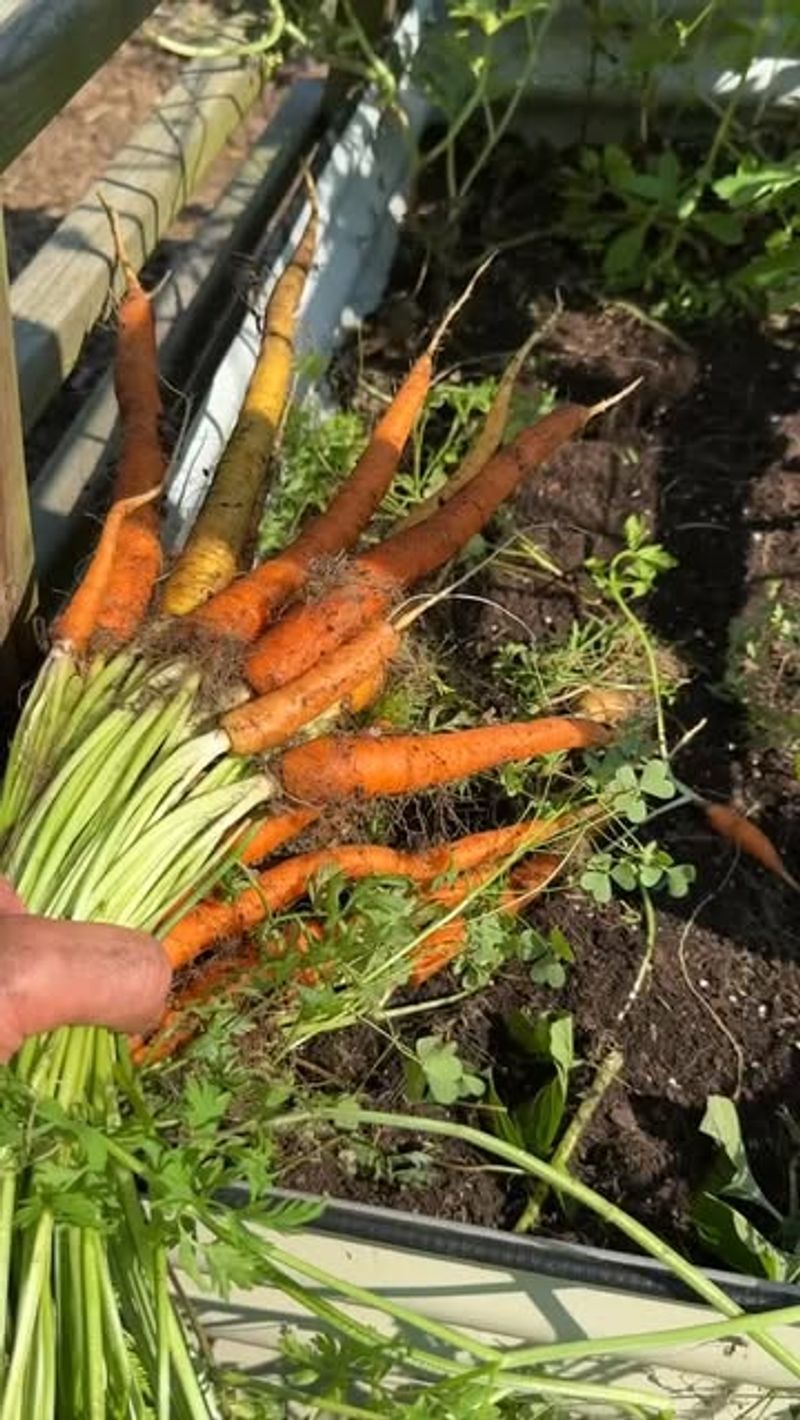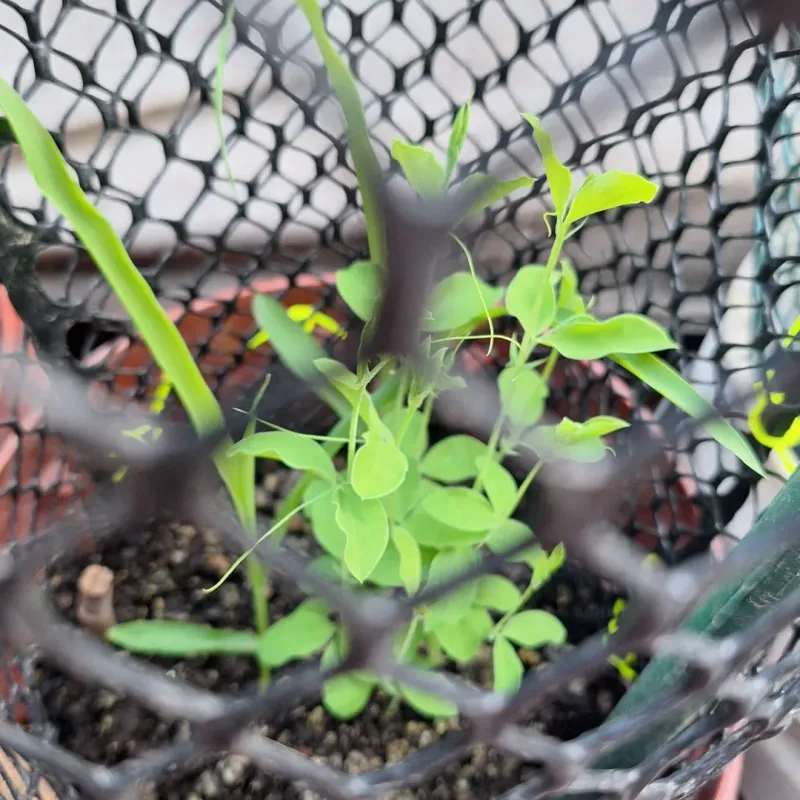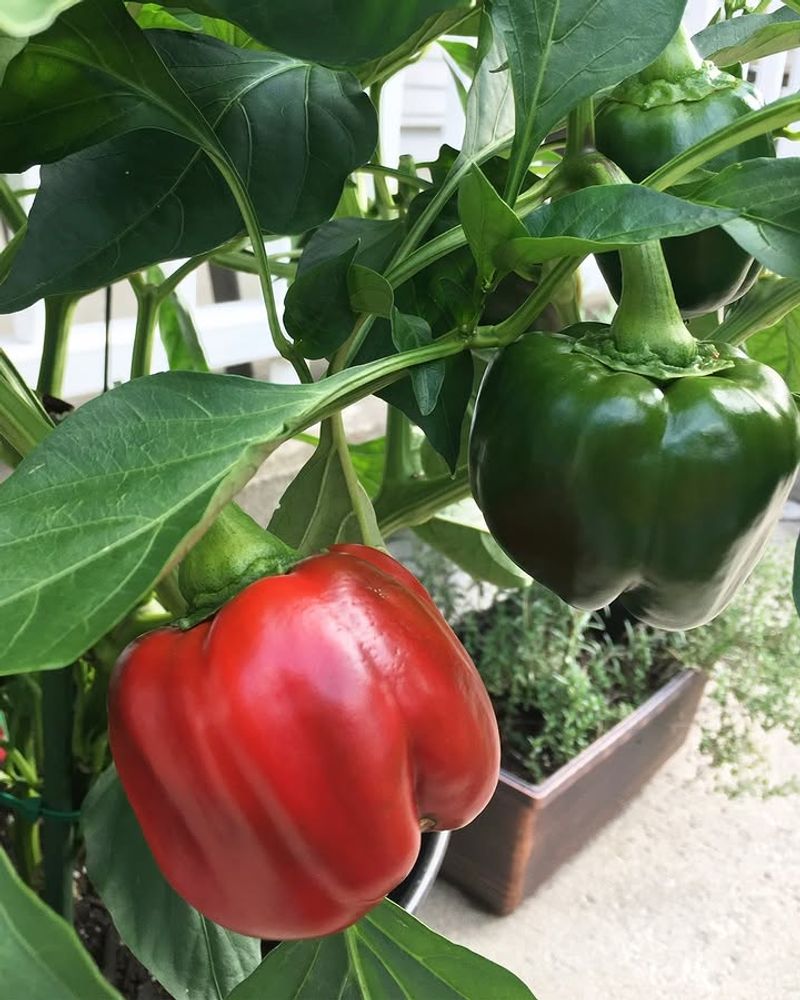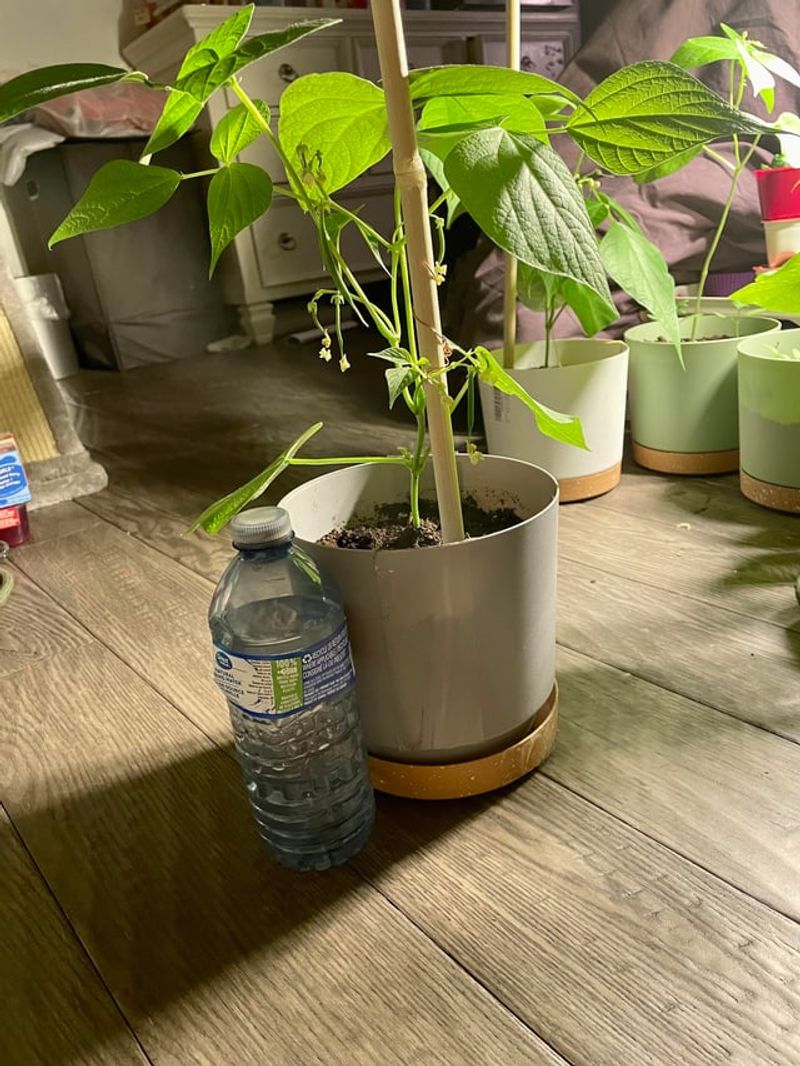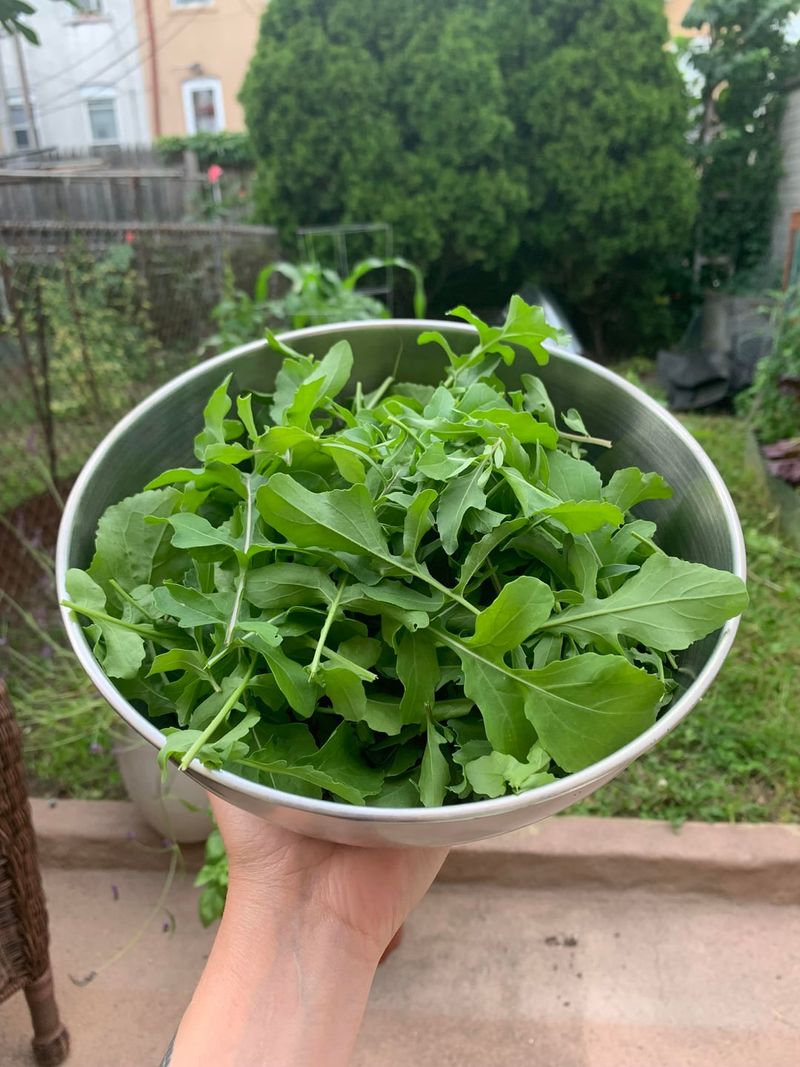Tennessee gardeners know how tricky our weather can be—mild winters one week, a surprise freeze the next. Growing vegetables in buckets gives you control over soil, drainage, and even location, so you can move plants when conditions shift.
Whether you’re working with a small patio in Nashville or a sunny corner in Memphis, container gardening opens up year-round possibilities that traditional beds can’t always offer.
1. Lettuce
Cool-season crops like this one handle Tennessee’s unpredictable spring and fall beautifully. A five-gallon bucket with drainage holes works perfectly, and you can start seeds indoors during winter to get a head start.
Partial shade helps during our humid summers, preventing the leaves from turning bitter too quickly. Water consistently but don’t drown the roots—lettuce prefers moist soil, not soggy.
In my Tennessee garden, this one has never let me down. Harvest outer leaves as they mature, and the plant keeps producing for weeks.
2. Spinach
Thriving in cooler months, this leafy green can handle light frosts that occasionally sweep through Tennessee in late fall and early spring. Use a bucket at least 8 inches deep and fill it with nutrient-rich potting mix.
Place it where it gets morning sun but afternoon shade, especially as temperatures climb. Overwatering is the main issue—spinach roots rot easily in standing water.
For me, it’s the easiest to harvest in small spaces. Snip what you need for salads, and more leaves will fill in within days.
3. Radishes
Fast-growing and low-maintenance, radishes can go from seed to plate in less than a month. Any bucket with at least 6 inches of depth will do, and they tolerate crowded conditions better than most vegetables.
Tennessee’s mild winters make them ideal for fall and winter planting, though they also work in early spring. Keep the soil evenly moist to prevent woody or overly spicy roots.
I’ve planted these between slower crops, and they’re always ready first. Thin seedlings early so each radish has room to bulge out properly.
4. Green Onions
Also called scallions, these grow year-round in Tennessee if you protect them from hard freezes. A shallow bucket works fine since roots don’t run deep, and you can even regrow them from grocery store scraps.
They need consistent moisture and at least four hours of sunlight daily. During summer, a bit of afternoon shade keeps them from wilting in our heat.
Snip the green tops whenever you need them, leaving the white base intact. They’ll regrow quickly, giving you a continuous supply without replanting every few weeks.
5. Cherry Tomatoes
Compact varieties thrive in five-gallon buckets, and Tennessee’s long growing season means you can start them indoors in early spring and keep harvesting into fall. Drill extra drainage holes to avoid root rot during summer downpours.
Full sun is essential—at least six hours daily. Stake or cage the plants early because even dwarf types get heavy with fruit.
Our humid summers can invite fungal issues, so space buckets apart for air circulation. Water at the base, not overhead, and you’ll have sweet tomatoes all season long.
6. Carrots
Shorter varieties work best in buckets since they don’t need as much depth as traditional types. Use a container at least 12 inches deep and fill it with loose, sandy potting mix to prevent roots from forking.
Tennessee’s clay-heavy soil makes container growing ideal for carrots—you get straight, uniform roots every time. Thin seedlings to about two inches apart once they sprout.
Carrots handle light frosts well, so you can plant them in early spring and again in late summer for a fall harvest. Keep soil moist but not waterlogged throughout the growing period.
7. Kale
Cold-hardy and productive, kale actually tastes sweeter after a light frost, making it perfect for Tennessee’s mild winters. A five-gallon bucket gives roots plenty of room, and you can start seeds indoors or outdoors depending on the season.
It tolerates partial shade better than most vegetables, so tucking it under a tree or porch works fine. Water regularly, especially during dry spells, and mulch the soil surface to retain moisture.
Harvest lower leaves first, leaving the top intact so the plant keeps producing. I’ve had single plants last through multiple seasons with steady picking.
8. Bell Peppers
Warm-season favorites, peppers need heat to set fruit, and Tennessee summers deliver plenty of that. Use a five-gallon bucket per plant and ensure it has drainage holes to prevent waterlogged roots.
Place them in full sun, and consider moving buckets to a sheltered spot during heavy storms. Peppers are sensitive to temperature swings, so bringing them indoors during unexpected cold snaps extends the harvest.
Feed with a balanced fertilizer every few weeks once blooms appear. I’ve kept pepper plants going indoors through winter, then moved them back outside in spring for a second season.
9. Bush Beans
Compact and productive, bush beans don’t need trellises like pole varieties, making them perfect for bucket gardening. A five-gallon container holds two to three plants comfortably, and they mature in about 50 days.
Tennessee’s warm soil in late spring is ideal for planting—beans hate cold, wet conditions. Water deeply but infrequently to encourage strong root systems.
Pick pods regularly to keep the plant producing new ones. I’ve grown these on my apartment balcony with great success, and they handle our summer heat better than many other vegetables.
10. Arugula
Peppery and quick to mature, arugula thrives in cooler weather and can handle Tennessee’s mild winters with minimal protection. A shallow bucket works since roots stay near the surface, and seeds germinate fast.
Afternoon shade during warmer months prevents bolting, which turns leaves too spicy and tough. Water regularly to keep soil moist, and you’ll have tender greens in just three weeks.
I plant it in succession every few weeks for a continuous harvest. It’s one of those vegetables that feels fancy but requires almost no effort to grow successfully in containers.

